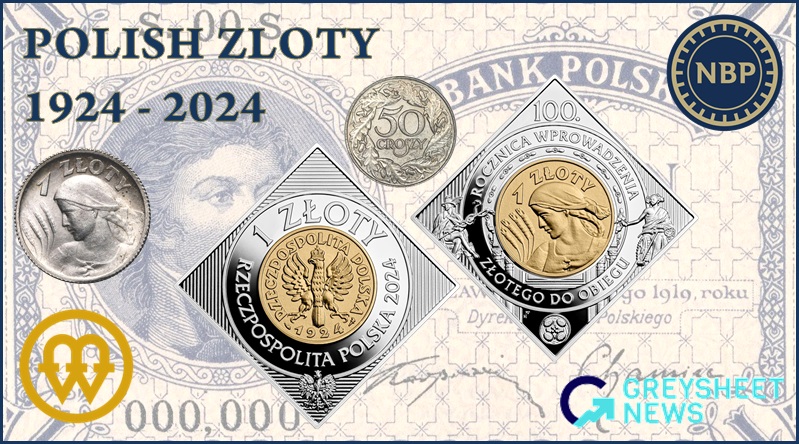Banknote Book & CPG® PRICE GUIDE
- World Currency /
-
German East Africa Currency & Banknote Values
About German East Africa
Deutsch-Ostafrika (German East Africa) was a German colony in the African Great Lakes region, which included present-day Burundi, Rwanda, the Tanzania mainland, and the Kionga Triangle, a small region later incorporated into Mozambique. On 28 March 1884, German businessman Carl Peters founded the Gesellschaft für deutsche Kolonisation (Society for German Colonization). On 3 March 1885, the German government granted the organization an imperial charter of protection as the Deutsch-Ostafrikanische Gesellschaft (German East Africa Company). In April 1885, the company leased the coastal strip opposite Zanzibar from Sultan Khalifa bin Said for 50 years, but its attempt to administer the mainland led to a general revolt. The company held Dar es Salaam and Bagamoyo only with the help of the German navy. The Abushiri Revolt of 1888 was put down with British assistance the following year. In 1890, Britain and Germany concluded the Heligoland-Zanzibar Treaty, which defined the border between German East Africa and the neighboring East Africa Protectorate (present-day Kenya) to the north controlled by Britain. In 1891, after it became apparent that the German East Africa Company could not handle its dominions, it sold out to the German government. The company initially continued to operate its mines, plantations (coffee, cotton, rubber, and sisal), railways, banks, mints, etc., before relinquishing them fully to the German colonial administration and other organizations. The colony of German East Africa was proclaimed in 1897. The German East Africa Company continued operating as a land company within the German territory until British occupation during World War I.
| World Currency / German East Africa | ||
|---|---|---|
|
|
Deutsch-Ostafrikanische Bank | |
Related Stories (powered by Greysheet News)
View all newsLegal Disclaimer
The prices listed in our database are intended to be used as an indication only. Users are strongly encouraged to seek multiple sources of pricing before making a final determination of value. CDN Publishing is not responsible for typographical or database-related errors. Your use of this site indicates full acceptance of these terms.



 Loading more ...
Loading more ...







